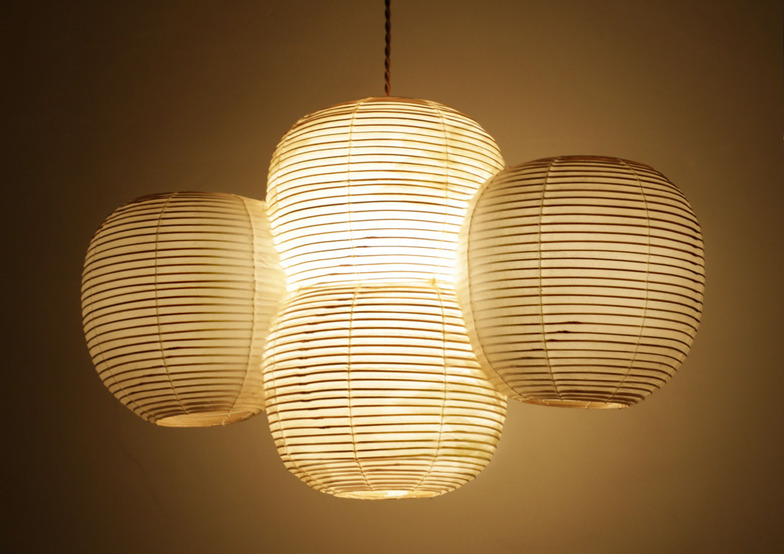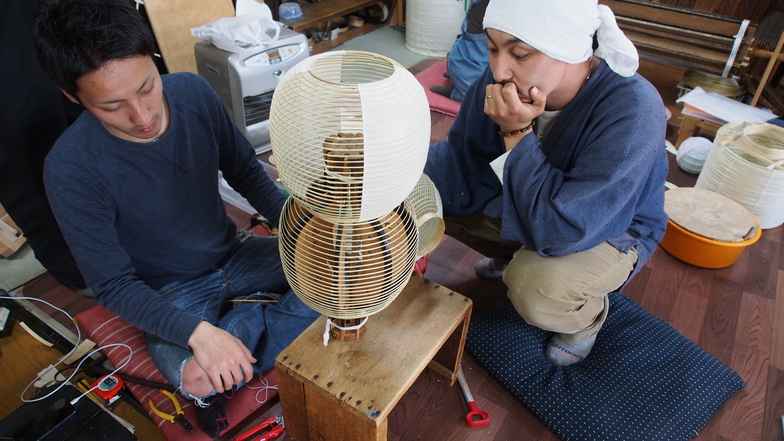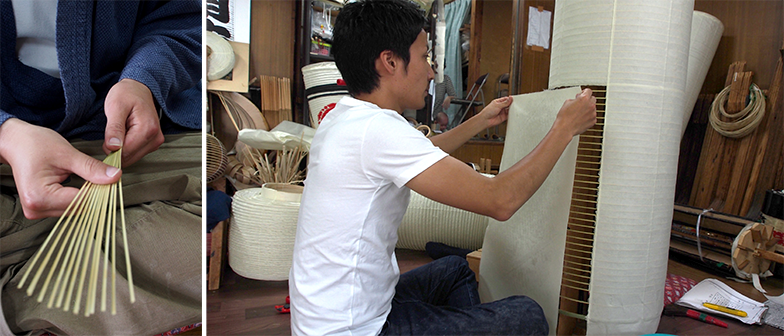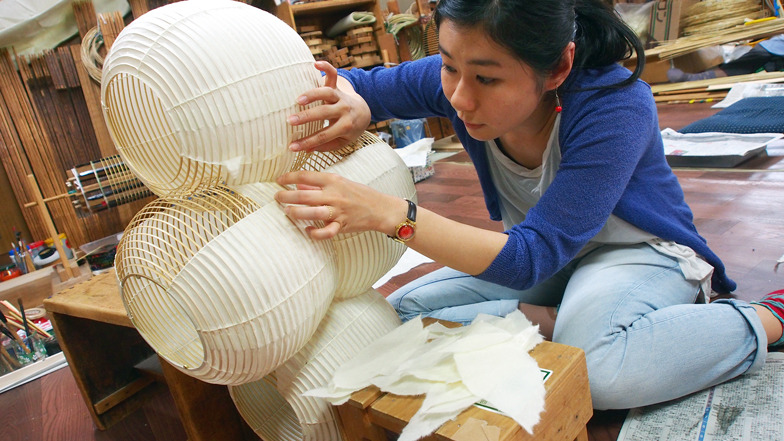Crafts and Branding
Nakao: What were your thoughts when I first approached you about this?
Toshi: I immediately said, "Absolutely!" It was perfect timing because my brother and I had just launched a new brand and were eager to create lots of new things.
Nakao: I see. I was really happy you said "Let's do it!" right away.
What are your goals for the brand Komoshiya Chubei going forward?
Shun: Traditional Kyoto crafts can seem intimidating, but we don't want to be seen as stuck-up and unapproachable.
We want to keep creating new things that leverage our skills. But since it's handmade, when we focus on crafting something well, the price inevitably goes up.
Our challenge now is figuring out how to brand that, how to communicate the added value of "this is the only one," and how to explain it.
Nakao: I see. So branding and storytelling are important for crafts too.

A traditional craft boom?
Nakao: Lately, the image of crafts isn't the old "traditional crafts = outdated" anymore. It's more like something stylish, sought-after by people with discerning taste. I think there's a growing trend of people wanting to spend money properly on things they enjoy.
Shun: Exactly! Probably because people try things from 100-yen shops and start wondering, "Is this really good enough? Maybe I should just buy one quality item?"
Nakao: Whether the craft itself will disappear, replaced by machines, or whether it will continue steadily into the future. This must be a pivotal era.
Ryo: Exactly. That's why vinyl lanterns are increasing in the industry, but we'll only make washi paper ones going forward. Our ideal isn't mass-producing cheap items, but steadily continuing to make solid lanterns in a stable way.
Shun: Lately, there's been a bit of a trend where designers and craftsmen team up to commercialize products. But creating one design doesn't mean you can mass-produce it, and it's hard to make a profit, so achieving a win-win relationship is difficult. I think once everyone realizes that, this current trend might start to fade.
Nakao: That's the challenge of handmade goods. Ultimately, it comes down to how you brand them, doesn't it?
Shun: And then there's creating sales channels. Even if you make great products, they won't sell if there's nowhere to sell them.
Nakao: I see. It would be great if more places to sell them opened up going forward.
Designers and Crafts
Nakao: What do you think about designers entering the craft field itself?
Shun: It's necessary! There are things people inside the field just can't see. Take this cloud-shaped lantern—we would never have come up with something like this ourselves. That's exactly why we wanted to make it happen! We really pushed ourselves.
Nakao: Thank you so much. What was the most challenging part this time?
Ryo: Definitely connecting the lanterns together. It was our first time doing it. We wondered if the washi paper alone would hold the connection properly. Plus, even if they stuck, the weight might have caused the sides to sag.

The lantern connection was the biggest headache.
Shun: But once we tried it, it worked better than expected, right?
Nakao: Once it was finished, I thought it turned out great—the form itself had an interesting quality, and the beauty of the bamboo lines really came through.
Shun: Exactly. If you look closely, you can see the patterns of the bamboo joints. That's something unique to ground-mounted lanterns.
Nakao: It's a real highlight.
And so, the cloud lantern was born. It became a light source with the delicate details unique to craftsmanship and a mysterious presence. We hung that lantern over a small lake deep in the mountains for filming, creating an ethereal visual of a glowing cloud reflected on the lake's surface. We hope you enjoy the seasonal feel of June.
Making-of Movie









